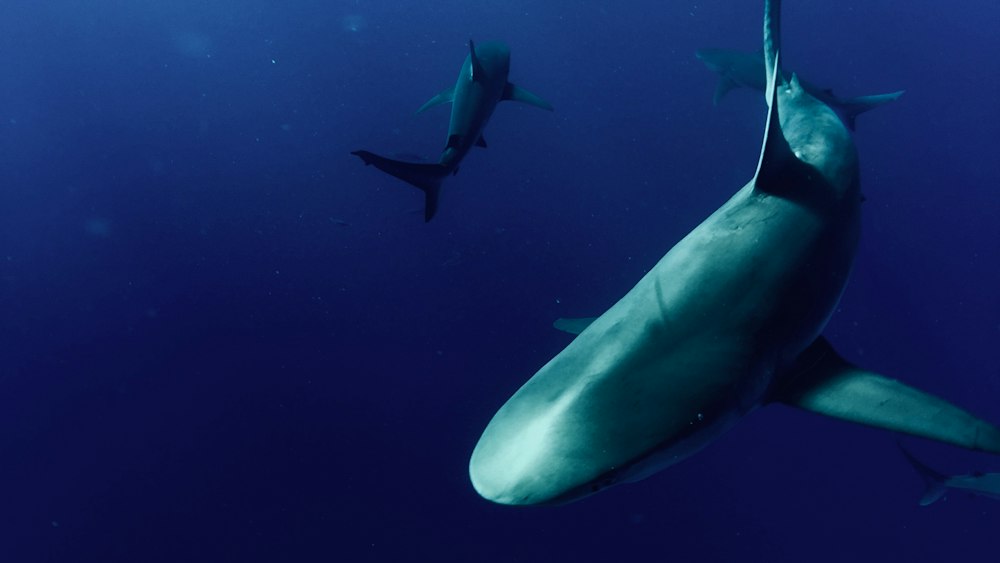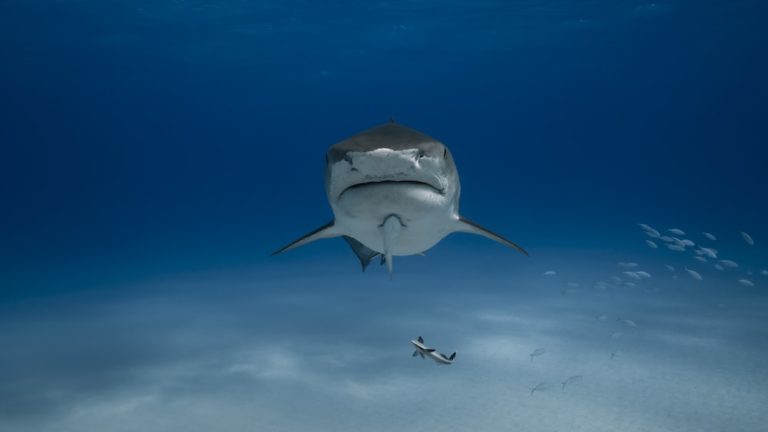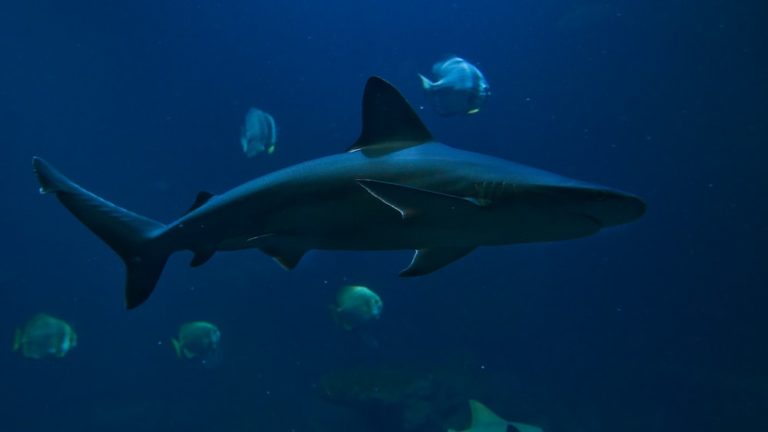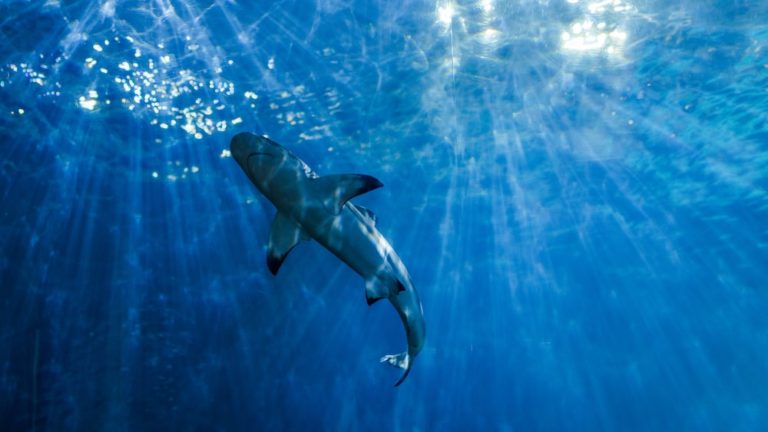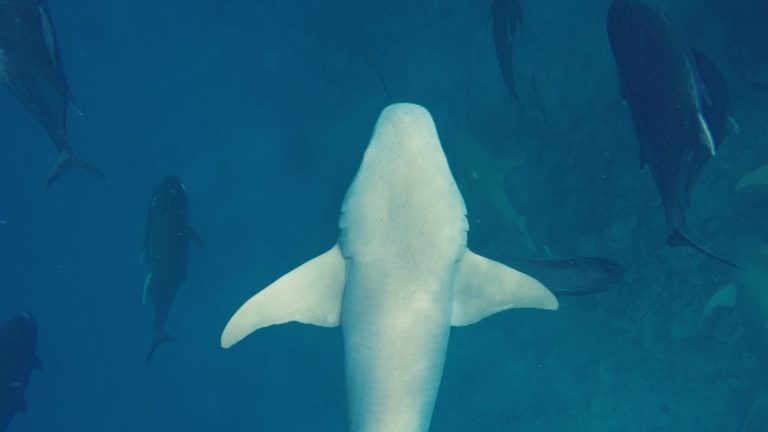Is A Shark A Mammal Or A Fish?
Is A Shark A Mammal Or A Fish?
Dive in with me, fellow ocean explorers, as we unravel one of the briny deep’s most intriguing riddles: is a shark a mammal or a fish? This question has long tickled the minds of marine life enthusiasts and conservationists alike, swirling like a flurry of feeding fish around an oceanic truth. As we embark on this educational voyage through the blue abyss, let’s keep our eyes peeled and our minds open to the wonders beneath the waves.
Key Points:
- Sharks are classified as fish, not mammals, due to their cold-blooded nature, gills for breathing, and cartilaginous skeleton.
- They exhibit a diverse range of reproductive strategies, including oviparity, viviparity, and ovoviviparity.
- Sharks possess unique sensory systems, such as ampullae of Lorenzini and highly developed olfactory bulbs, which aid in their survival as top predators.
- Conservation efforts and accurate classification are crucial for protecting sharks and maintaining marine ecosystem balance.
- Misconceptions about sharks being mammals can lead to misguided fears and misplaced sympathies, emphasizing the importance of accurate education and information dissemination.
- Sharks have navigated Earth’s waters for over 400 million years, showcasing an ancient lineage and specialized adaptations that differentiate them from mammals and other fish species.
Understanding the biological realm of the ocean helps us to appreciate the majestic tapestry of life it beholds. When it comes to sharks, these creatures seem to mystically combine the fierce reputation of ocean predators with a misunderstood nature that often lands them as stars of marine folklore. Sharks have prowled the world’s waters for ages, but do their traits lean more toward the basic definition of fish or do they share a kinship with warm-blooded mammals?
So, shall we sink our teeth into some fact-finding? Prepare to embark on a journey of discovery, as we dissect the details that define the nature of sharks and address the question head-on: is a shark a mammal or a fish? Along the way, you’ll gain insights into the intricate details of shark anatomy and lifestyle, while indulging in the science that places every creature in its rightful niche in the tree of life.
Defining Characteristics of Sharks
Within the ocean’s embrace, sharks glide as silent testimony to evolution’s handiwork. These sentinel beings of the sea capture our imaginations with their sleek silhouettes and raw power. But to truly understand what sets them apart, we must dive beneath the surface of these mesmerizing creatures and explore their defining traits.
Anatomy and Physiology
Sharks, sculpted by eons of natural selection, possess an array of adaptations that affirm their place as true fish of the sea. Their bodies are armored with dermal denticles, tiny tooth-like structures that reduce drag and afford these predators an almost silent prowl through the water. A structure called a cartilaginous skeleton – lightweight yet formidable – bestows upon sharks a remarkable flexibility and buoyancy uncommon in the aquatic realm.
The anatomical prowess of sharks doesn’t end there. They are equipped with an impressive oil-filled liver, which aids in their buoyancy, an asset often misconstrued as a mammalian trait. However, unlike mammals that must resurface for a breath of air, sharks rely on gills – five to seven slits on each side of their head that filter oxygen directly from the water. It is this reliance on gill-breathing that cinches their classification as fish, anchoring their identity in the kingdom of gilled creatures.
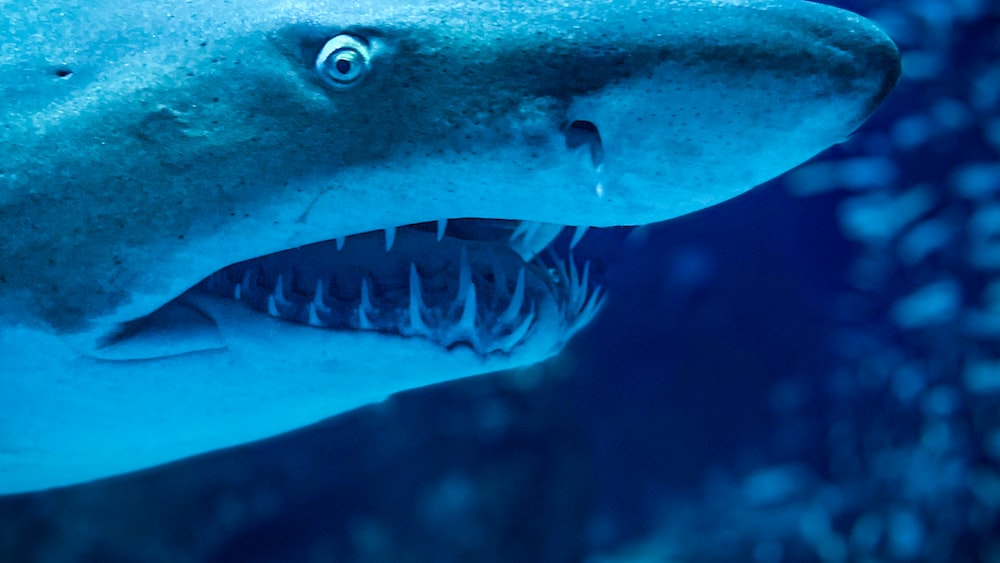
Sharks possess anatomical adaptations such as dermal denticles, a cartilaginous skeleton, and gills that affirm their identity as true fish of the sea.
Reproduction and Lifecycle
- Sharks are often associated with laying eggs, which is indeed true for some species, a process termed oviparity. These egg cases, sometimes called mermaid’s purses, are enchanted little pods that anchor themselves to the ocean floor, harboring the next generation.
- However, it’s not a one-size-fits-all approach to reproduction among these watery wonders. Many sharks are viviparous, meaning they give birth to live young – a trait that ticks the box in a mammalian checklist, but hold your seahorses! This is, in fact, a characteristic evolutionarily developed among fish. Other sharks still use a method called ovoviviparity, keeping eggs inside their body until they hatch, then giving birth to live young. Such diversity in reproductive strategies is a testament to their adaptability across different marine environments.
Sensory Systems and Behavior
Sharks are renowned for their keen sensory systems, tools that are integral to their survival as top predators of the ocean. Their behavior is heavily influenced by these sensory superpowers, with an ability to detect electric fields through organs called ampullae of Lorenzini. It allows them to hone in on the subtle electrical signals given off by their prey – even those hiding under the sand.
In concert with their electrosensory prowess are their highly developed olfactory bulbs – in layman’s terms, their sense of smell. Some species can detect a single drop of blood in an expanse of water as vast as an Olympic swimming pool, allowing them to track down meals over vast distances. This sensory sophistication places sharks as apex predators, and serves as yet another tick on their resume as quintessential fish rather than mammals.
Clarifying the Classification
Upon our deep dive into the life aquatic, it becomes crucial, for both scientific understanding and conservation efforts, to shed light on the true nature of these marine inhabitants. As we examine the character of sharks, it is pivotal to establish the guiding principles that separate fish from mammals, and where exactly sharks fit within this spectrum of classification.
What Makes a Fish a Fish?
When pondering the question, is a shark a mammal or a fish, it’s essential to cast our net over the basic criteria that define fish:
- Gills for breathing: Unlike mammals which draw breath with lungs, fish absorb oxygen through gills directly from water.
- Scales covering the body: Though varied in shape and size, most fish have scales that shield their bodies, whereas mammals typically boast fur or hair.
- Cold-blooded nature: Fish regulate their body temperature based on their surroundings, while mammals maintain a constant internal temperature.
Sharks, like their fishy brethren, are cold-blooded, rely on gills for that precious gulp of oxygen, and are enveloped in scales – albeit more teeth-like and called dermal denticles. These traits are the hallmark of aquatic life and set sharks firmly within the fishy folds of the animal kingdom.
What Makes a Mammal a Mammal?
In contrast to their fishy counterparts, mammals sport a distinct set of biological markers:
- Warm-blooded: Mammals are capable of regulating their body temperature internally, irrespective of the environment.
- Hair or fur: Whether it’s a thick winter coat or sparse hair, mammals flaunt hair coverage for insulation and sometimes camouflage.
- Lung breathing: Rather than siphoning oxygen through water, mammals fill their lungs with air – a practice clearly unsuited to a life submerged in the sea’s embrace.
With these criteria on our sonar, it becomes clearer that, despite some sharks’ knack for giving live birth, they just don’t match the mammalian blueprint. Instead, their biological features and reproductive habits align more closely with fish than the warm-blooded, air-breathing, furry creatures we know and love on land.
Mammals are warm-blooded, have hair or fur, and breathe air into their lungs, setting them apart from fish.
The Evolutionary History of Sharks
- Sharks have navigated Earth’s waters for an extraordinary timespan – over 400 million years – carving out an evolutionary path long before dinosaurs roamed the land. Their journey through the eons has seen them through the rise and fall of countless species, a living chronicle of the ocean’s mysterious depths.
- During their extensive history, sharks have refined their form and function, an evolutionary testament to the “if it ain’t broke, don’t fix it” philosophy. They emerged as formidable predators from a class of fish known as Chondrichthyes, which includes rays and skates – this lineage is defined by their cartilage-based skeletons, an ancient blueprint contrasting with the bone-based skeletons of other fish lineage.
- The longevity of sharks in the evolutionary timeline presents an almost perfection of design, one that starkly differentiates them from mammals which evolved much later. This ancient lineage cements their status as fish, with an array of specialized adaptations that have ensured their survival through the planet’s sweeping historical epochs.
Comparative Analysis
Comparing sharks to their seafaring counterparts shines a spotlight on the traits that make these predators distinct. How do they measure against marine mammals, and what features do they possess that set them apart from other fish? This comparative analysis offers a greater understanding of sharks’ unique position within the marine ecosystem.
Sharks vs. Marine Mammals
Sharks and marine mammals might share the same salty habitat, but their differences are as vast as the ocean itself. Let’s consider:
- Respiratory systems: Sharks extract oxygen from water via gills, while marine mammals, such as dolphins and whales, must periodically surface to breathe air.
- Body temperature control: The majority of sharks are cold-blooded, differing from marine mammals, which use internal mechanisms to stay warm-blooded in cool waters.
- Structural makeup: Sharks boast a cartilaginous skeleton, lighter and more flexible than the bony structures seen in mammals.
Despite any occasional surface similarities, when you compare apples and oranges – or sharks and seals, in this case – it’s plain to see the deep-diving differences that set these groups apart.
Sharks and marine mammals have significant differences in their respiratory systems, body temperature control, and structural makeup, despite sharing the same habitat.
Unique Features of Sharks Amongst Fish
Even within the broad category of fish, sharks stand out with some fin-tastic features:
- Electrosensory perception: Sharks have ampullae of Lorenzini, unique to Chondrichthyes, enabling them to sense electrical fields.
- Anatomical adaptations: Their cartilaginous skeletons and dermal denticles provide sleek movement and create a predatory edge in the aquatic environment.
- Reproductive variety: Sharks showcase a diverse array of reproductive strategies that are rare or absent in other fish species.
These remarkable characteristics not only underscore their status as fish but also highlight the evolutionary craftsmanship that makes sharks the iconic creatures we both revere and conserve.
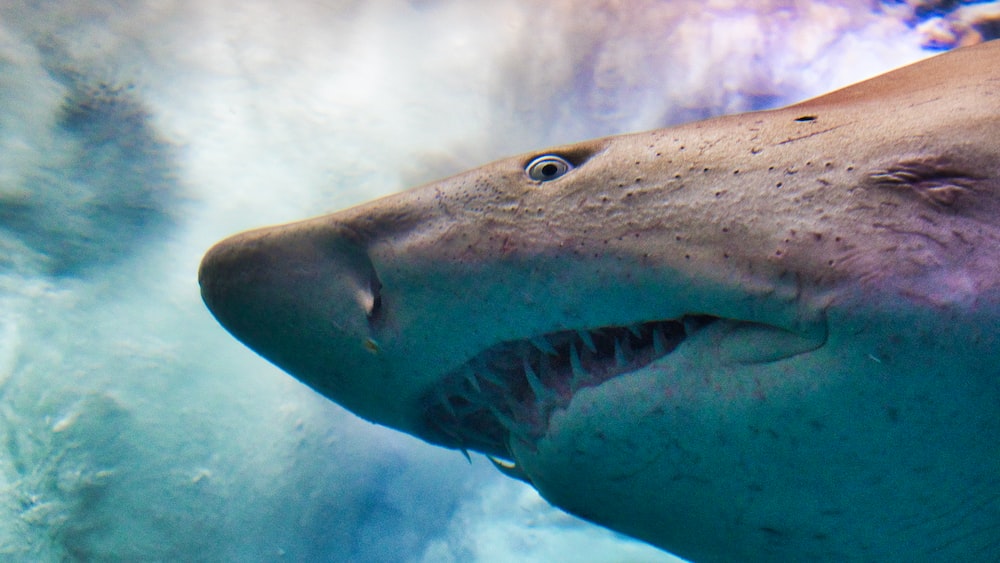
Common Misconceptions
One might think the vast, briny blue holds no secrets from ocean aficionados and conservationists alike, but common misconceptions about marine dwellers like sharks still thrash around in the sea of public knowledge. Diving into these fallacies reveals a world where not everything is as it seems, a treasure trove for any marine life enthusiast eager to learn and share accurate information.
Why Some People Think Sharks Are Mammals
It’s easy to see why some individuals might mistake sharks for being mammals. Warm-blooded creatures in the ocean, like whales, have set a precedent in the minds of many. Sharks, gliding through the water with impressive finesse, may superficially resemble these marine mammals, especially to the less eagle-eyed observer.
Breathing methods also muddy the waters. The sight of a shark breaking the surface could conjure images of dolphins taking a breath, and it leads to the false assumption that, like their mammalian counterparts, sharks also need to emerge for air. Adding to the confusion, the presence of some shark species in chilly waters might suggest the warm-bloodedness characteristic of mammals, further blurring the lines in this underwater puzzle.
Notable Exceptions in the Animal Kingdom
In the grand tapestry of life on Earth, nature has its own repertoire of curveballs. The platypus and echidna, monotremes of the vertebrates, lay eggs and produce milk, defying neat categorization. Such notable exceptions challenge the boundaries of what we expect from each animal class.
Seahorses are another example; it’s the males that carry the unborn young – a rarity, not just in the marine world, but in the animal kingdom at large. These outliers serve as a reminder that nature loves to color outside the lines, shunning the binary to provide a spectrum of fascinating life forms.
The Importance of Correct Classification
Navigating the waters of taxonomy, we must take care not to get caught in a riptide of misconceptions. Understanding whether a shark is a mammal or a fish is not just academic. The right taxonomy guides conservationists in designing effective protection measures, which in turn, helps maintain the delicate balance of our marine ecosystems.
Conservation Efforts
In conservation, precision is more than a scholarly pursuit; it’s a lifeline for species at sea. Identifying sharks as chondrichthyes, a group of cartilaginous fish, is instrumental for their survival. It sets the stage for specific strategies, like regulating fishing practices to protect the sharks’ breeding grounds and migration patterns.
Shark conservation goes hand-in-fin with ecosystem health. As apex predators, they help control the populations of other marine life, and ensuring their accurate classification is akin to safeguarding the entire oceanic food chain.
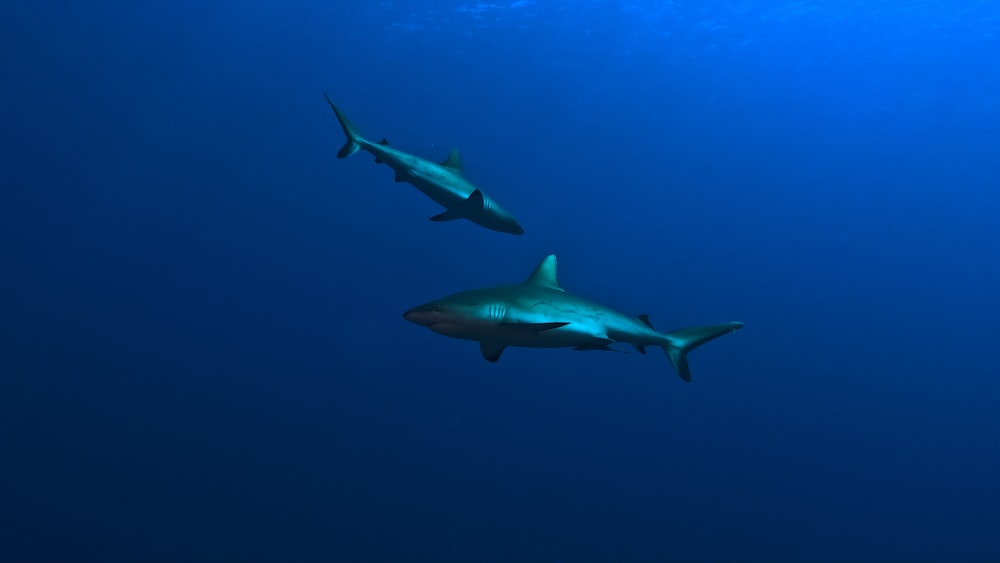
Identifying sharks correctly as chondrichthyes is crucial for their conservation and the health of the entire oceanic food chain.
Educational Impact
The stakes of accurate information dissemination ripple across the entire ocean of public understanding. Misidentifying sharks can lead to misguided fears or misplaced sympathies – direct currents away from vital conservation efforts. Education that clarifies sharks as fish can dispel myths and nurture a deeper respect and curiosity for these magnificent creatures.
Grasping the nuances of marine life helps enthusiasts advocate more effectively for their protection. It also anchors the importance of marine biodiversity in the world view of tomorrow’s eco-adventurers. In classrooms and documentaries, correct classification is the compass that navigates toward enlightened stewardship of the sea.
FAQs
1. What are the key differences between sharks and mammals?
The key differences between sharks and mammals include sharks being cold-blooded, having gills for breathing, and being a part of the chondrichthyes class, which means their skeletons are made of cartilage. In contrast, mammals are warm-blooded, have lungs to breathe air, and their skeletons are made of bone, among other defining features.
2. How do sharks breathe underwater if they are not mammals?
Sharks breathe underwater by using their gills, which extract oxygen from the water as it flows over them. Unlike mammals, they do not need to surface to breathe air and can remain submerged indefinitely as long as water continues to pass over their gills.
3. Can sharks regulate their body temperature like mammals?
Most sharks cannot regulate their body temperature as mammals do; they are cold-blooded and depend on the temperature of their surrounding environment. However, some species, like the great white shark, have developed adaptations that allow them to maintain a body temperature slightly above the water’s temperature.
4. Why are whale sharks called ‘whale’ sharks if they are not mammals?
Whale sharks are called ‘whale’ sharks because of their immense size, similar to that of whales, which are the largest mammals. This naming is purely descriptive and implies nothing about the whale shark’s classification; they are indeed fish, not mammals.
Conclusion
Understanding the answer to “is a shark a mammal or a fish” can lead to a profound appreciation for these predators of the deep. Sharks are fish, unmistakably different from mammals, yet they possess a charm and ecological significance all their own. The nuance here is to grasp that while the ocean’s tales are many, the truth in those tales is crucial for conservation and education.
As we’ve surfed through this topic, it should now be crystal clear where sharks swim in the vast ocean of vertebrates. They are sentinels of the sea, guardians of the deep, and by knowing them better, we stand a better chance of ensuring their survival and the health of our oceans.
Thank you for diving deep with me into the underwater realm, where facts and fins come together in perfect harmony. And remember, every drop in our knowledge about the ocean adds to the waves of change we create on the surface. Till next time, keep making ripples. Ocean’s blessings,
Jasper Flynn.

